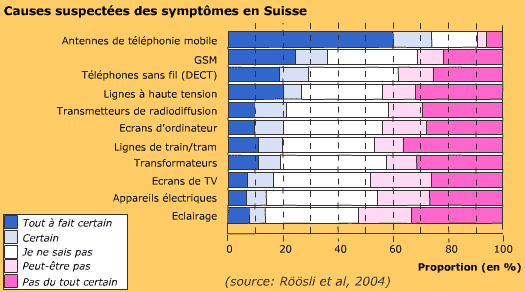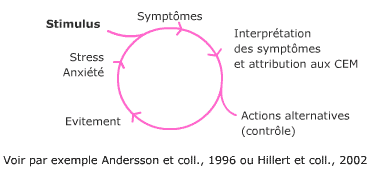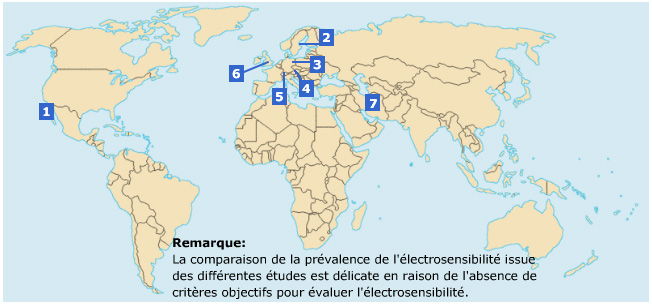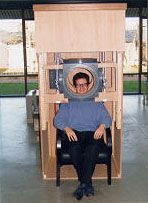For some decades, our electromagnetic environment has been deeply modified by the growing use of electricity in our industrialised countries. Next to natural sources, terrestrial or cosmic, come artificial sources due to numerous technical advances that use electricity and its properties.
A growing number of people report a variety of non specific symptoms, that they attribute to electricity. The symptoms appear at exposure levels that do not lead to any reaction in the majority of people, at frequencies and intensities to which the population is exposed and far below international recommendations.
What is electrosensitivity?







